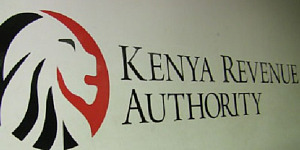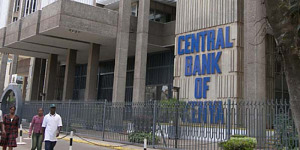The Executive Board of the International Monetary Fund (IMF) today approved a new SDR 709.259 million (about US$989.8 million) 24-month Stand-By Arrangement (SBA) and a SDR 354.629 million (about US$494.9 million) 24-month Standby Credit Facility (SCF) for Kenya, for a combined SDR 1.06 billion (about US$1.5 billion, or 196 percent of Kenya’s quota).
The Executive Board also completed the second and final reviews under the previous SBA and SCF for Kenya. The SBA and SCF, initially for 12 months, with a combined total access of SDR 488.52 million (about US$688 million), were approved by the IMF’s Executive Board on February 2, 2015 (see Press Release No. 15/29), and extended until March 15, 2016 on January 27, 2016.
The Kenyan authorities have indicated that they will continue to treat both arrangements as precautionary, and do not intend to draw on the new SBA and SCF arrangements unless exogenous shocks lead to an actual balance of payments need. Today’s decision would make available SDR 542.8 million (about US$757.5 million), and the remainder in four tranches upon completion of semi-annual program reviews.
Following the Executive Board discussion on Kenya, Mr. Min Zhu, Deputy Managing Director and Acting Chair, said:
“Kenya’s recent growth performance remains robust and the outlook is positive. Despite positive policy steps undertaken under the current Fund-supported program, the economy remains vulnerable to shocks, reflecting less favorable global financial market conditions, as well as continued security threats and potential extreme weather events. In this context, the new precautionary arrangements would provide a policy anchor for continued macroeconomic and institutional reform, and would help mitigate the impact of potential exogenous shocks if they were to materialize.
“The envisaged reduction of the fiscal deficit by 3 percent of GDP over the next two years through a well-balanced policy mix would maintain space for high-priority infrastructure investments and greater provision of health and education services in a sustainable manner. Continued public financial management reforms—aimed at upgrading efficiency, transparency and accountability, to complement the envisaged fiscal consolidation—are key to containing risks.
“The Central Bank of Kenya is committed to gradually reducing inflation to the mid-point of its target range (5+/- 2.5 percent). To achieve their inflation objective, the authorities will align the interbank rates with the policy rate and formally announce and implement an interest corridor, thereby strengthening the monetary policy transmission mechanisms in the context of a floating exchange rate regime.
“The authorities are taking actions to preserve financial stability. These include steps to strengthen micro and macro prudential stress testing and the capital adequacy assessment framework, and develop a legal and operational crisis management system.
“Continued improvement in the quality of macroeconomic statistics and strengthening the business climate will be key to promoting transparency and evidence-based policy making, and supporting inclusive growth.”








































